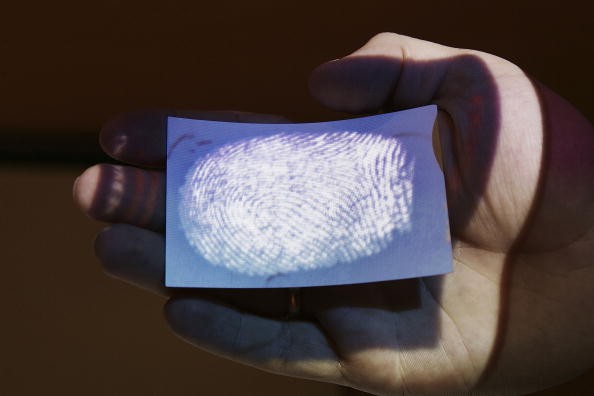
Fingerprint powders are a commonly used tool to assist crime scene investigators in the detection of latent prints left behind at crime scenes. Such a dusting process, however, requires the particles of the powder to adhere to the residue left by friction ridges, which is in most cases not achieved. Just recently, an Australian scientist proposed a new identification technique for fingerprint detection, circumventing the drawbacks of the conventional dusting method.
By just a drop of liquid, invisible fingerprints would glow under UV light after a few seconds. The solution contains small crystals that have the special property to glow, making it much easier for investigators to detect latent fingerprints. The luminescent effect creates greater contrast between the latent print and the surface, giving out higher resolution images for easier and more precise analyses.
The current method crops out some steps of conventional techniques. Sometimes, complex case evidence requires to be sent off to laboratories for analysis. But in the new technique, fingerprinting is done on the spot, and only a digital device is needed to capture images of the glowing prints.
"Because it works at a molecular level, it's very precise and lowers the risk of damaging the print," says CSIRO material scientist Dr. Kang Liang in the press release, explaining that the tiny crystals bind to almost any residue so easily, making an ultrathin coating that is an exact replica of the print's pattern.
The method also showed encouraging results when tested on nonporous surfaces such as window glass, metal blades and plastic light switches. It could offer numerous advantages for forensics teams, enhancing investigations and reducing both time and costs in crime analyses.
"Knowing that dusting has been around for a long time, I was inspired to see how new innovative materials could be applied to create even better results," Dr. Liang says. "As far as we know, it's the first time that these extremely porous metal organic framework (MOF) crystals have been researched for forensics."
Darren Quick of Gizmag writes that in addition to fingerprinting, the CSIRO believes the method could show other promising applications in other fields, including the development of biomedical devices and drug delivery. However, as of the moment, the team is planning first to partner with law enforcement agencies in order to apply the technique.
The study appears in the journal Advanced Materials.

